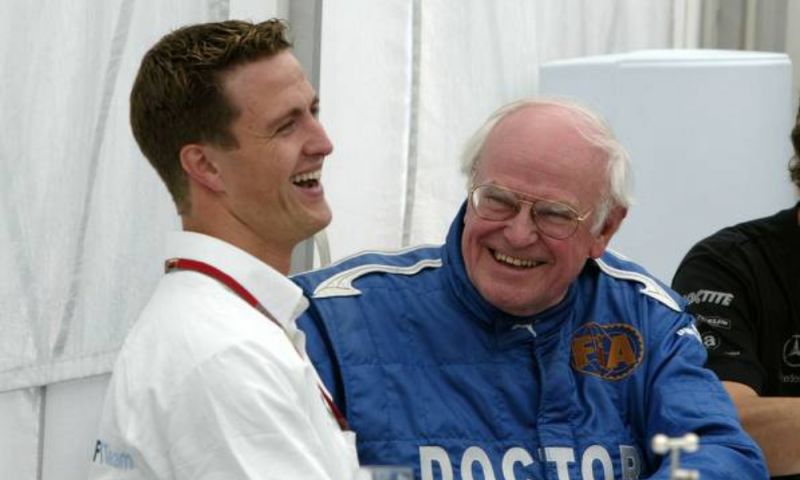Column

PART 2: The legends that changed F1 - Prof Sid Watkins
Welcome to the second of GPBlog.com’s series, The legends that changed F1. The sport has come a long way since its inception in 1950, and there have been plenty of individuals who have changed the game. This week we’ll be looking at the impact Professor Sid Watkins had on the sport.
In the last 25 years of Formula 1, only one driver has been directly killed due to a crash in an F1 race or test, with Jules Bianchi tragically passing away in the summer of 2015. In the 25 years before that, the number was 13.
The reduction in injuries and fatalities is thanks in large parts to Professor Sid Watkins, who saved the lives of numerous F1 drivers and his campaigning helped to make the sport as safe as it is now.
Born in Liverpool in 1928, Watkins qualified as a doctor in 1956 and volunteered as race doctor during events at Silverstone circuit. It was in 1978 when his relationship with Formula One began, as Bernie Ecclestone offered him the official position as Formula 1 race doctor.
Following the first corner pile up at the Italian Grand Prix later that year, in which Ronnie Peterson was killed, Watkins demanded reforms, including a medical car and helicopter, along with improved safety equipment.
The medical car that follows the race cars around the circuit for the first lap in case of any first lap crashes was pioneered by Watkins, who rode in the car. This innovation enabled him to be on the scene if there were any serious incidents almost immediately.
Sadly, Watkins was unable to save Riccardo Paletti, who died after a crash on the opening lap in the 1982 Canadian Grand Prix, but the medical car was on the scene in just 16 seconds, showing its worth to the sport.
In fact, thanks to Watkins’ reforms, Paletti’s death was the last in a race weekend for 12 years, until the tragic events of the San Marino Grand Prix in 1994.
Roland Ratzenberger and Watkins’ personal friend Ayrton Senna were both killed at Imola on that weekend, with Ratzenberger cause of death being a basilar skull fracture.
These are caused by violent movement of the head, and as a result of this, Watkins pioneered for the HANS (Head and Neck Support) device, which prevents that violent movement of the head. As a result, crashes such as Mark Webber’s at Valencia in 2010 allow a driver to walk away without head injuries that previously would have been suffered.
These are just the impacts Watkins had off the track. On it, he saved the lives of countless drivers following crashes, including Gerhard Berger and Rubens Barrichello.
Perhaps the most incredible piece of medical work Watkins did during his time in F1 was to save Mika Hakkinen’s life at the 1995 Australian Grand Prix. The Finn suffered a colossal crash with a huge impact with the barriers, and Watkins managed to restart Hakkinen’s heart twice by the trackside, and performing a cricothyroidotomy to ultimately save his life.
After his heroic work to save so many drivers, Watkins was awarded the Mario Andretti Award for medical excellence in 1996, and an OBE for his work to increase the safety of motor racing in 2002.
Formula One and motor racing will never be totally safe. The tragic death of Bianchi four years ago showed that, but Watkins’ work certainly sped up the process of keeping drivers as safe as can be, and his impact on the sport will be forever remembered.
Watkins passed away in 2012 aged 84, and the Formula One world paid tribute to him with a minute’s silence ahead of the Singapore Grand Prix. Watkins’ legacy will live on in Formula 1, with his innovations and ideas still saving drivers’ lives today.